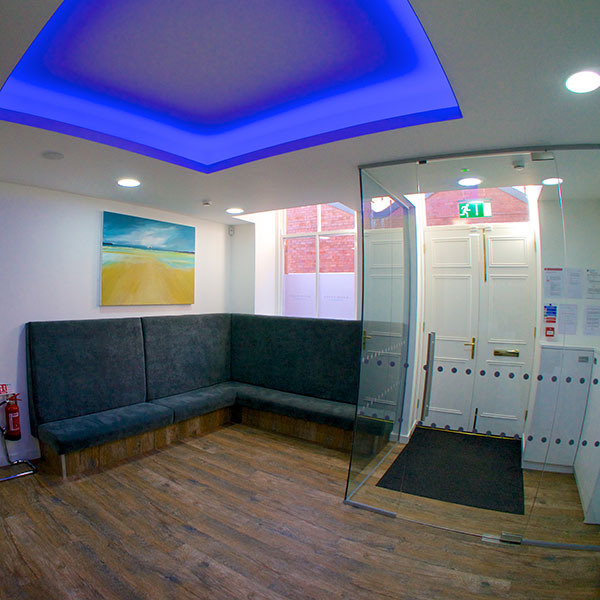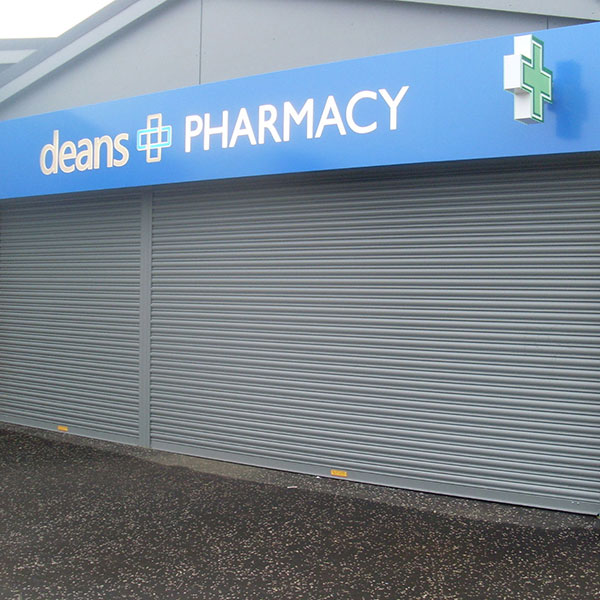

Strathclyde Aluminium offers a full curtain walling service from initial curtain walling project designs to curtain walling installation and glazing project finish.
-
Strathclyde Aluminium curtain walling systems can be fully integrated with most aluminium door systems.
-
Strathclyde aluminium systems aluminium curtain walling offers solutions for low to high-rise applications. Sections can start at 50mm transom section to as large as 200mm mullion. Glazing can be from 6mm single glazing to 28mm double glazing, all complying with BS6262 and BS952 Part 1.
What is Curtain Walling?
A curtain wall is an outer covering of a building in which the outer walls are non-structural, but merely keep out the weather. As the curtain wall is non-structural it can be made of a lightweight material reducing construction costs. When glass is used as the curtain wall, a great advantage is that natural light can penetrate deeper within the building. The curtain wall facade does not carry any dead load weight from the building other than its own dead load weight. The wall transfers horizontal wind loads that are incident upon it to the main building structure through connections at floors or columns of the building. A curtain wall is designed to resist air and water infiltration, sway induced by wind and seismic forces acting on the building and its own dead load weight forces.
Aluminium Frame
Curtain walls are typically designed with extruded aluminium members, although the first curtain walls were made of steel. The aluminium frame is typically infilled with glass, which provides an architecturally pleasing building, as well as benefits such as daylighting. However, parameters related to solar gain control such as thermal comfort and visual comfort are more difficult to control when using highly glazed curtain walls. Other common infills include stone veneer, metal panels, louvers, and operable windows or vents.
Curtain walls differ from store-front systems in that they are designed to span multiple floors and take into consideration design requirements such as: thermal expansion and contraction; building sway and movement; water diversion; and thermal efficiency for cost-effective heating, cooling, and lighting in the building.







